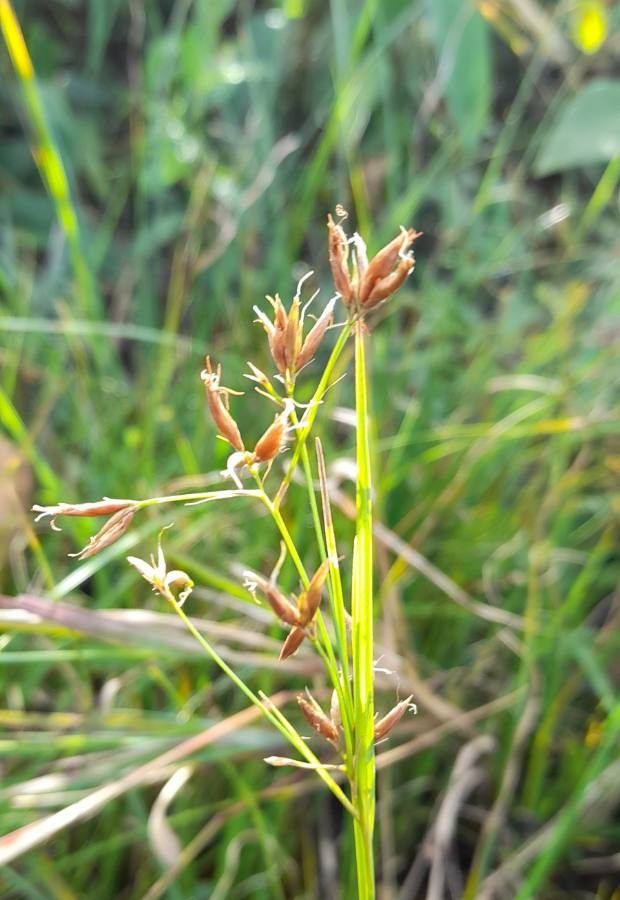Tiny Plant, Big Impact: How to Propagate Whitetop Sedge (Rhynchospora tenuis)
Whitetop sedge (Rhynchospora tenuis) might not be a household name, but this delicate beauty is making waves in the world of naturalistic landscaping. Its wispy, starburst-like seed heads create a mesmerizing effect, swaying gracefully in the breeze. But the magic of whitetop sedge goes beyond aesthetics – it’s incredibly beneficial for local ecosystems, attracting pollinators and providing habitat for small wildlife.
Intrigued? Well, get ready to propagate! Whitetop sedge is surprisingly easy to grow, making it an ideal choice for both gardening newbies and seasoned green thumbs looking for a low-maintenance, high-impact plant. Here’s your guide to successfully propagating whitetop sedge:
Two Methods for Success:
1. Division: The most common and straightforward method for propagating whitetop sedge is division. This technique involves separating established clumps of the plant to create new ones. Spring or early fall, when the soil is moist, is the ideal time for division. Here’s a step-by-step guide:
- Prepare the ground: Choose a location that receives full sun to partial shade and has well-drained soil.
- Dig carefully: Gently dig around the base of the clump you want to divide, ensuring you get as much of the root system as possible.
- Divide the clump: Using your hands or a sharp knife, carefully separate the clump into smaller sections. Each section should have a good amount of roots and foliage attached.
- Replant and water: Replant the divisions in their new location at the same depth they were previously growing. Water them thoroughly to settle the soil.
2. Seed: Propagating whitetop sedge from seed is a rewarding experience, although it requires a bit more patience. Here’s how:
- Collect seed heads: In late summer or early fall, collect mature seed heads from existing plants. Look for heads that have turned a light brown color.
- Extract the seeds: Gently rub the seed heads between your hands over a clean surface to release the seeds.
- Sow the seeds: You can choose to direct sow the seeds outdoors in the fall or start them indoors 6-8 weeks before the last frost. Sow the seeds shallowly and keep the soil consistently moist.
- Transplant seedlings (if starting indoors): Once the seedlings have developed a strong root system and the danger of frost has passed, transplant them outdoors.
Caring for Your New Additions:
Whitetop sedge is relatively low-maintenance. Here are a few tips to ensure your new plantings thrive:
- Water regularly: Keep the soil consistently moist, especially during the first growing season. Once established, whitetop sedge is relatively drought-tolerant.
- Fertilize sparingly: Whitetop sedge is not a heavy feeder. A light application of slow-release fertilizer in the spring is generally sufficient.
- Deadhead spent flower stalks: Deadheading helps to promote new growth and prevents unwanted self-seeding.
More Than Just a Pretty Face:
Propagating whitetop sedge is not just about adding beauty to your landscape – it’s about contributing to the well-being of your local environment. This versatile native plant supports biodiversity, attracts beneficial insects, and helps to filter pollutants. So, why not give it a try? You’ll be rewarded with a stunning display of delicate beauty and the satisfaction of knowing you’ve made a positive impact.
